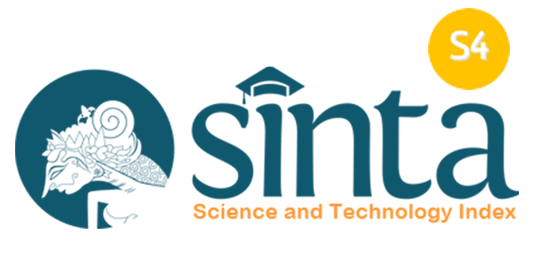INTEGRATION ANALYSIS OF DRONE MULTI SENSOR-GNSS-LIDAR-CAMERA FOR 3D MAPPING (CASE STUDY: PT GARAM, PAMEKASAN, MADURA)
DOI:
https://doi.org/10.12962/j27745449.v4i1.699Keywords:
LiDAR, Salt, Unmanned Aerial VehicleAbstract
Every year salt was carried out by PT Garam twice whereas the previous process used the method of terrestrial and manual calculations with sacks. Therefore, a map of salt production is needed using the Global Navigation Satellite System (GNSS) and Inertial Measurement Unit (IMU) sensor navigation system to increase the data's accuracy level. Unmanned Aerial Vehicle applications for the purpose of obtaining geometric documentation results and for capturing textures that characterize object structures. (Adamopoulos, 2020). LiDAR can classify based on the number of image acquisitions processed in the software, utilizing photogrammetric, and structural science principles from Motion technology. (Fernández, Hernandez et.al 2015) LiDAR Acquisition process that enables the creation of point clouds, three-dimensional models, and Digital Surface Models with high accuracy. (Barba, et al. 2019). A three-dimensional model makes it easy for users to choose a virtual position on the map, has good accuracy in interpreting the map, and displays a more real shape. LiDAR has a disadvantage in the form of coordinate data positions that have local references. (Cahyadi., et al. 2019). Unmanned Aerial Vehicle (UAV) technology has the advantage of efficiency in the cost and time of data collection. These researchers use multi-sensor technology GNSS, LiDAR, and Drones to map the stockpile of salt on open land and in warehouses. makes it easy to calculate the area of salt land and calculate the volume of salt production. This was done for PT GARAM to meet the community's needs and monitor the amount of salt production. This data can be used as a reference for digital asset inventory and the system can be applied to optimize the salt industry. The drones used in this study are the DJI Matrice 300 and the Low-Cost Drone Tarot Iron Man 650. Both types of drones are used to measure land and salt volume. The end product of the research is in the form of data generated in the form of a point cloud to calculate the salt stockpile volume and the elevation level of the salt land area







